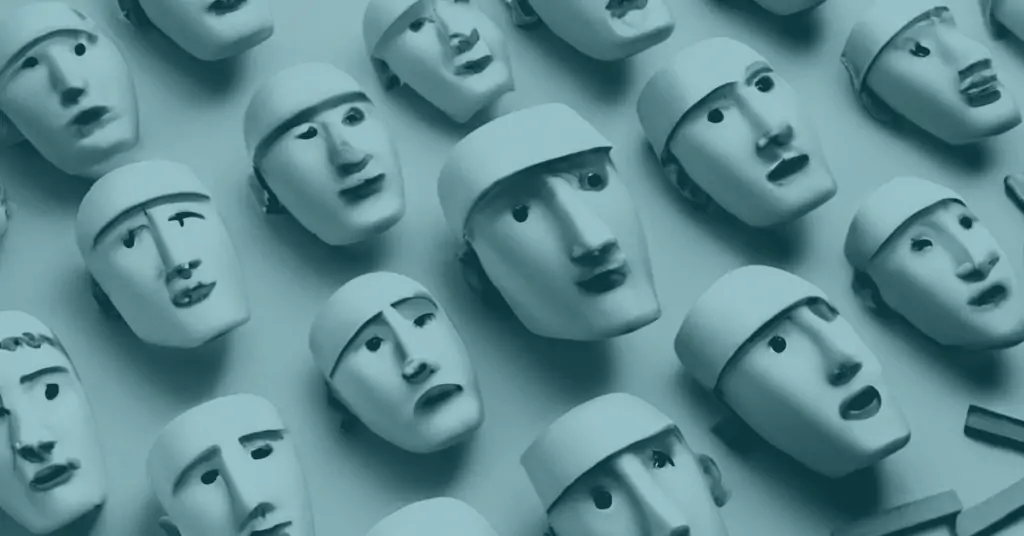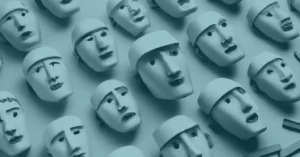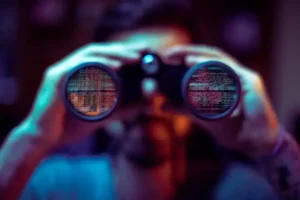As artificial intelligence continues to push the boundaries of what’s possible, one of the most alarming developments is the growing ability to create highly convincing fake evidence—be it images, videos, or audio recordings—that could potentially be used to deceive courts and legal systems. While AI’s potential to generate synthetic media has been widely recognized for its applications in entertainment, marketing, and communications, its darker side is beginning to emerge in more sinister forms, particularly in the context of criminal justice. The implications of AI-generated fake evidence in criminal cases could be far-reaching, undermining the integrity of the legal system in ways that few have fully anticipated.
Among the most troubling of these technologies are deepfakes—hyper-realistic videos or audios that manipulate real footage or voices to produce entirely fabricated content. A deepfake can make it appear as though someone has committed a crime or made a confession they never did. The technology behind deepfakes has evolved rapidly, and what was once a tool reserved for experts is now accessible to anyone with a basic understanding of AI and a few software programs. With just a few minutes of a person’s voice or video footage, these systems can create entirely new content that is nearly indistinguishable from the real thing.
For courts and legal systems that depend heavily on the authenticity of evidence, this poses a tremendous risk. The ability to manipulate media in such a convincing way means that fake evidence—whether it’s a video of a suspect making a confession, an image of a victim at the crime scene, or a voicemail from a witness—could be introduced into a trial, potentially swaying jurors and judges toward a conclusion that is not based on the truth. This is a danger that many legal professionals are only beginning to consider, and its implications could extend far beyond the typical concerns we have around forged documents or testimony.
One of the more complex challenges with AI-generated fake evidence is the difficulty in detecting these fakes. As deepfake technology improves, so too does its ability to mimic the smallest, most intricate details that would usually tip off an expert. A fake video, for example, can now simulate eye movement, breathing patterns, even the tiniest gestures that, in the past, would have betrayed its falseness. Detecting these manipulations requires increasingly sophisticated tools, but even the best forensic software isn’t always able to catch subtle fakes. In many cases, deepfakes are already being passed off as legitimate evidence, and the technology’s ability to create near-perfect replicas of reality means it’s only a matter of time before they become standard practice in criminal cases.
What many experts fail to consider, however, is the potential ripple effect these fakes can have on the broader criminal justice system. At the core of every trial is the principle of truth—whether it’s an eyewitness account, a piece of physical evidence, or a confession. If any of these are fabricated, the very foundation of the justice process is compromised. Imagine a situation where a criminal defense attorney presents a deepfake video of a victim seemingly recanting their testimony. Or a prosecutor introduces a falsified voicemail from a suspect making incriminating statements, a tactic that is not only destructive but could render the entire trial process vulnerable to manipulation. These scenarios could lead to wrongful convictions or, conversely, allow perpetrators to escape justice, either by creating plausible deniability or discrediting the real evidence presented.
Beyond the courtroom, there are significant implications for law enforcement and the investigative process. Criminals could use AI-generated media to fabricate entire alibis, making it appear as though they were in a different location when a crime occurred. The ability to fabricate such convincing content could lead to an investigative nightmare, forcing law enforcement agencies to expend valuable resources verifying every piece of media before acting on it. What makes this so insidious is that the technology is only going to become more accessible, making it easier for criminals to manipulate evidence and create a convincing narrative that aligns with their defense.
Moreover, as deepfakes become more sophisticated, we may see a rise in the creation of entirely fake events, not just fake evidence. In theory, AI could be used to generate entirely fictitious scenarios involving individuals who have never even met, making it seem as if they are involved in a criminal activity. This creates a much deeper issue: how do you prove that an event, that never happened, didn’t occur? How do you refute something when even the best experts have difficulty discerning reality from simulation?
The legal system, still primarily reliant on human judgment to evaluate evidence, is woefully unprepared to deal with this level of deception. A criminal trial typically hinges on the weight of physical and digital evidence—whether it’s security footage, documents, or voice recordings. In a world where even those can be easily manipulated, how can we trust any of it? The answer, unfortunately, is that we can’t, at least not without significant advances in both technology and legal frameworks. The existing legal infrastructure doesn’t yet have the tools to address these complexities, and that leaves an opening for criminals to exploit.
The solution may not lie entirely in detecting deepfakes, but rather in redefining how we treat digital evidence altogether. Just as DNA evidence revolutionized criminal investigations by providing an objective standard, perhaps the next wave of legal innovation will come from creating new standards of authenticity for digital media. These could include a reliance on immutable blockchain technology to track and verify the origins of digital files or the development of an entirely new digital fingerprint that can help to confirm the integrity of multimedia evidence. Additionally, there is a growing need for interdisciplinary collaboration between technologists and legal professionals, as lawyers and judges must become more tech-savvy to understand how AI can affect the evidence they’re presented with.
Perhaps one of the greatest risks, however, lies not in the future, but in our failure to recognize the immediate danger. If we continue to rely solely on traditional methods of evidence verification, we may find ourselves in a position where we cannot keep pace with the technology being used to manipulate that very evidence. Criminals may learn to adapt faster than our legal system, making it harder to distinguish between what is real and what is fake. This could lead to a new era of legal battles fought not with facts, but with fabricated realities, leaving justice in jeopardy.
As the judiciary confronts increasingly sophisticated AI manipulations, traditional methods like Rule 901, which sets a low bar for authenticating evidence, are being tested. Judges must now consider how to manage AI-generated material in high-stakes trials, including national security and intellectual property disputes.
In the end, the future risks of AI-generated fake evidence are not just a matter of technological advancement but a challenge to the very principles of fairness and truth in our legal system. We need to anticipate this future now, before AI-generated content becomes so prevalent that it is impossible to discern fact from fiction, and justice becomes something that can be engineered just as easily as a fake video. Only by recognizing the potential for abuse and developing the necessary tools and legal frameworks can we protect the integrity of our courts—and ensure that truth remains the ultimate standard by which justice is measured.






